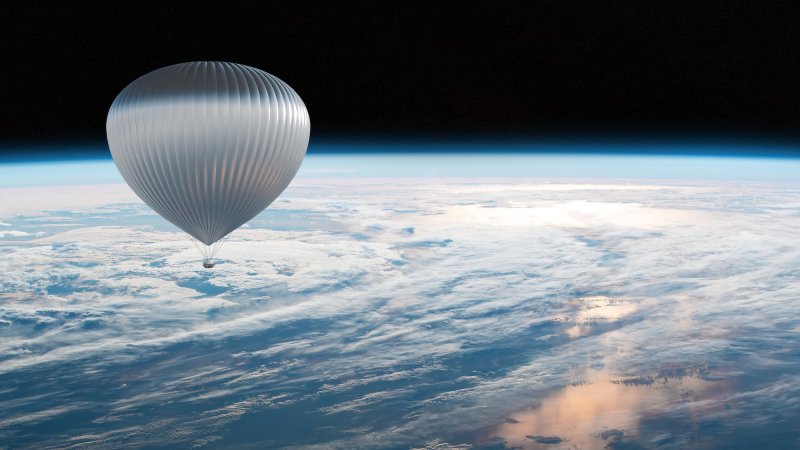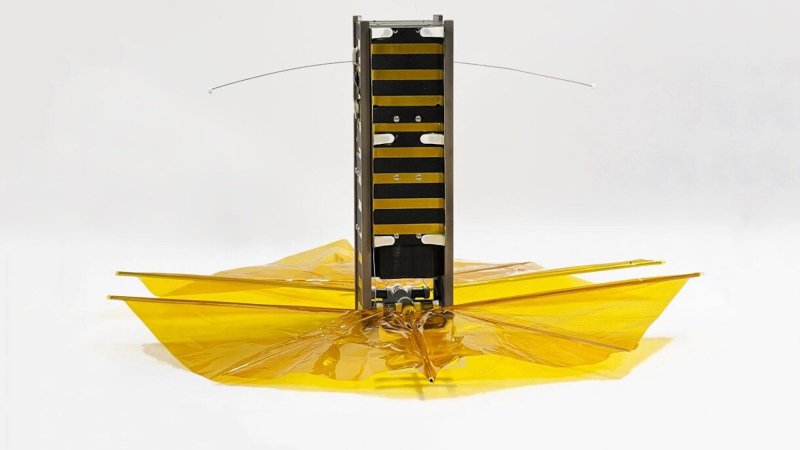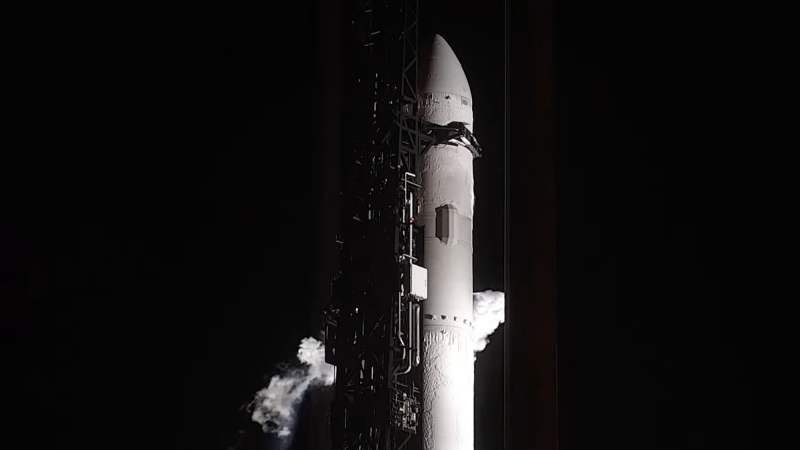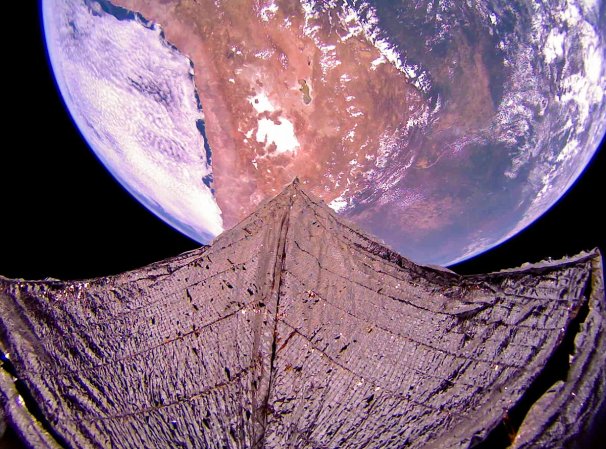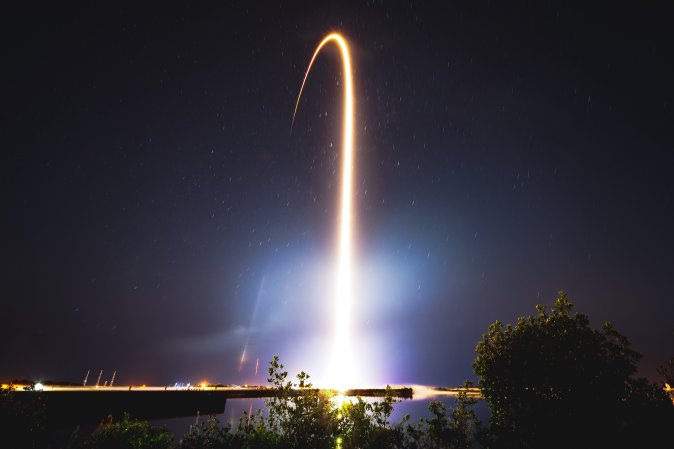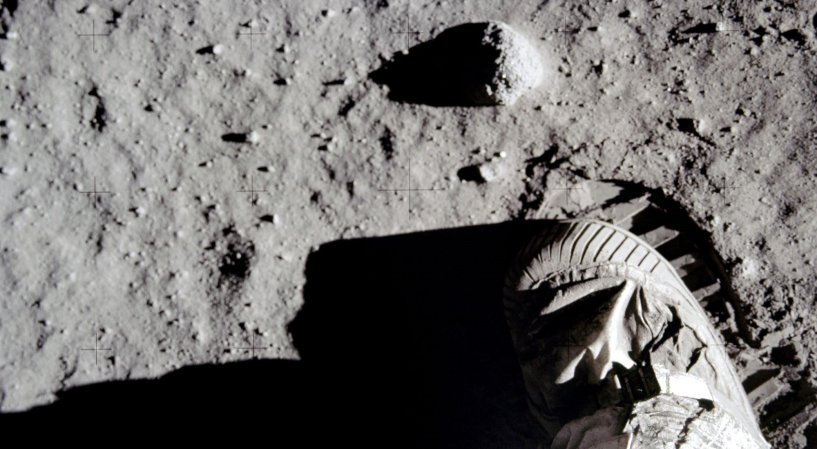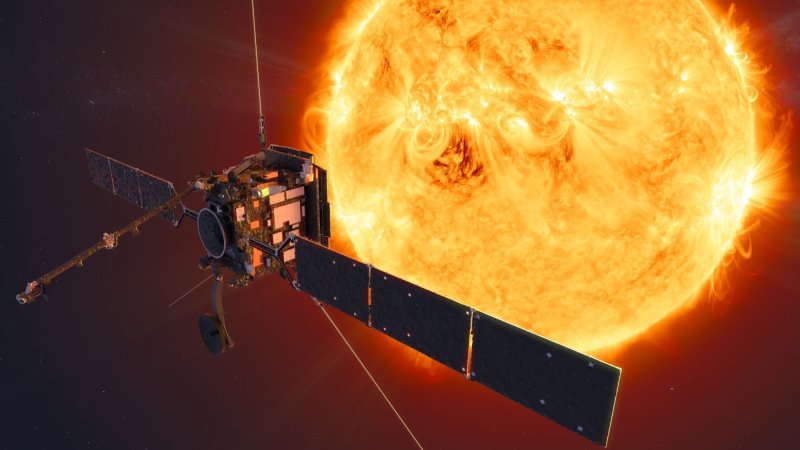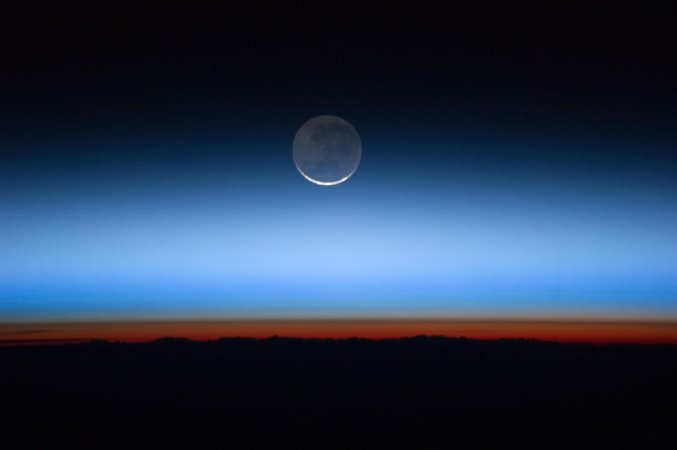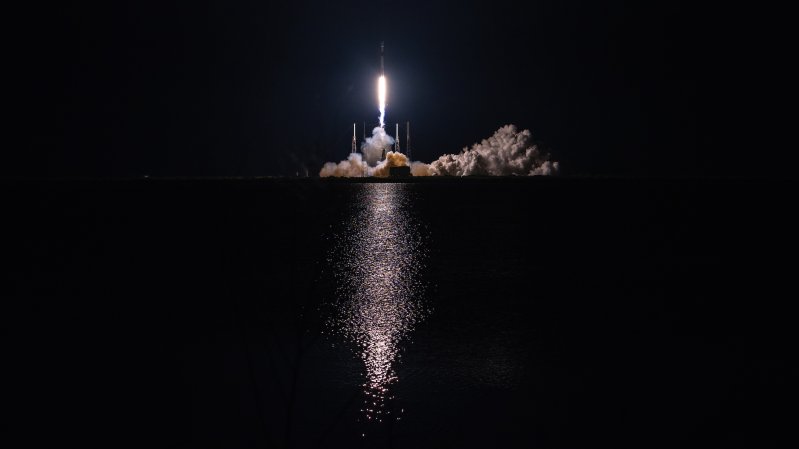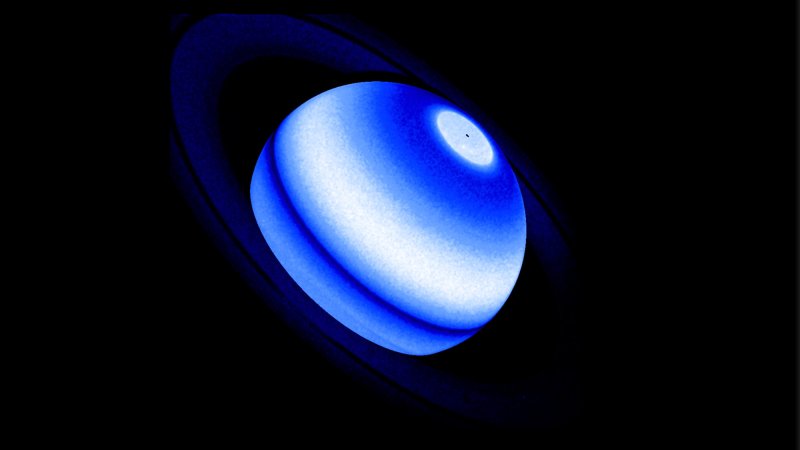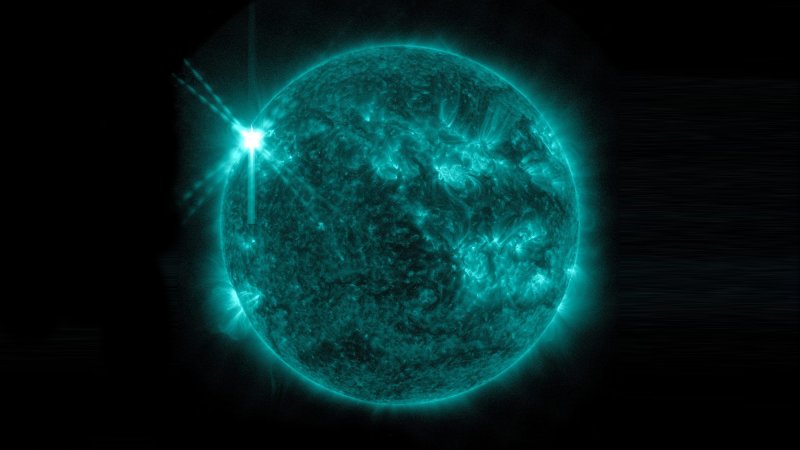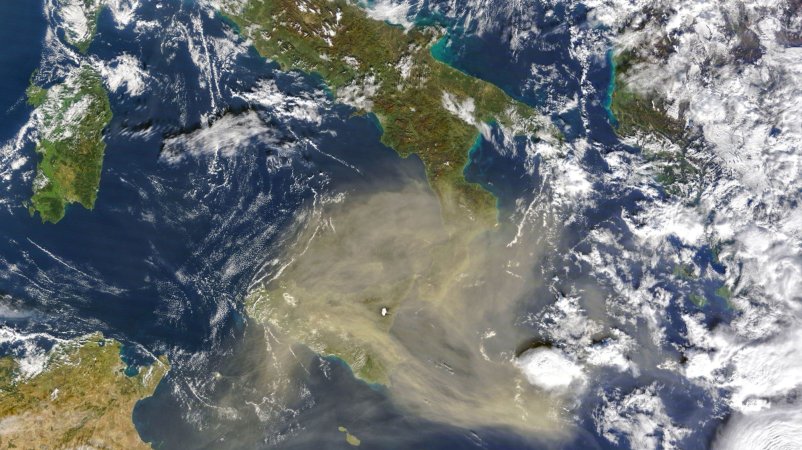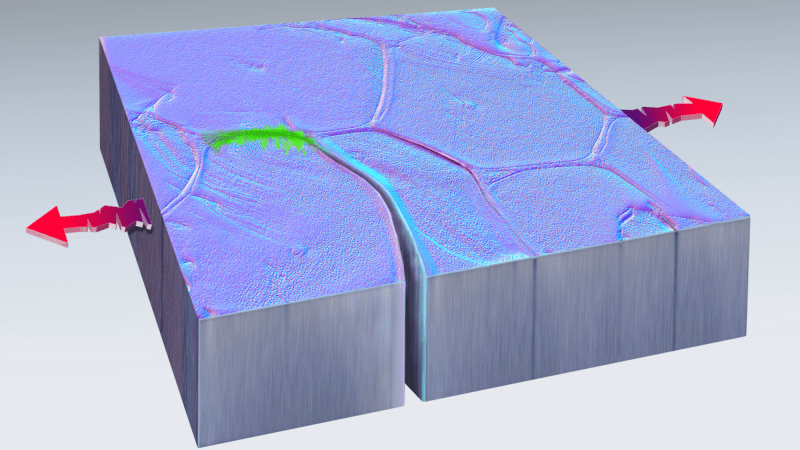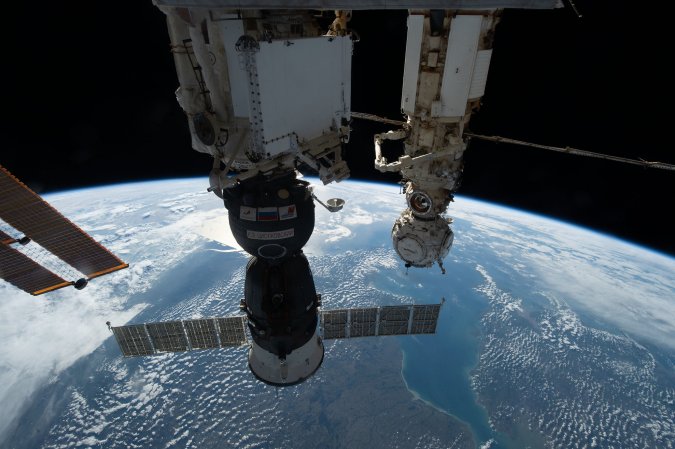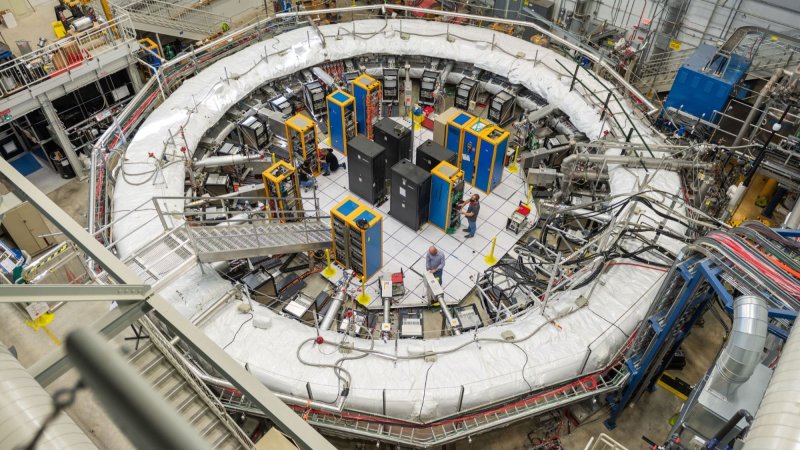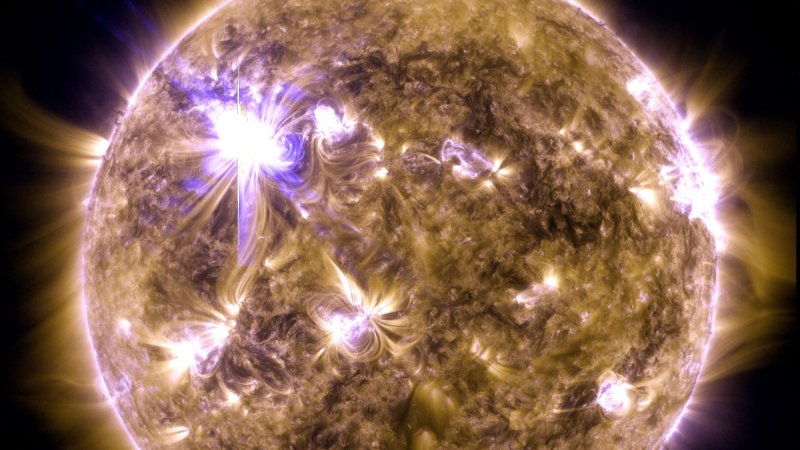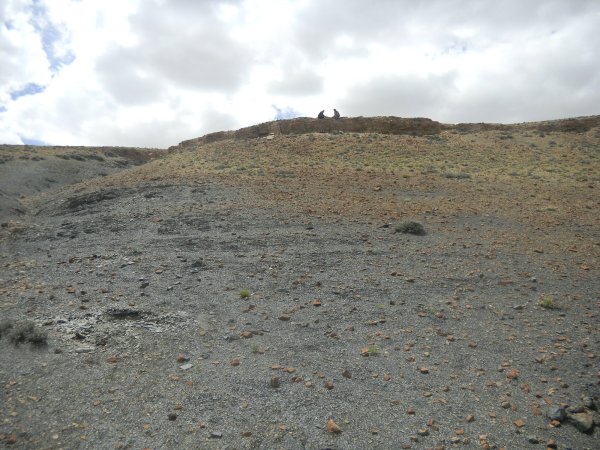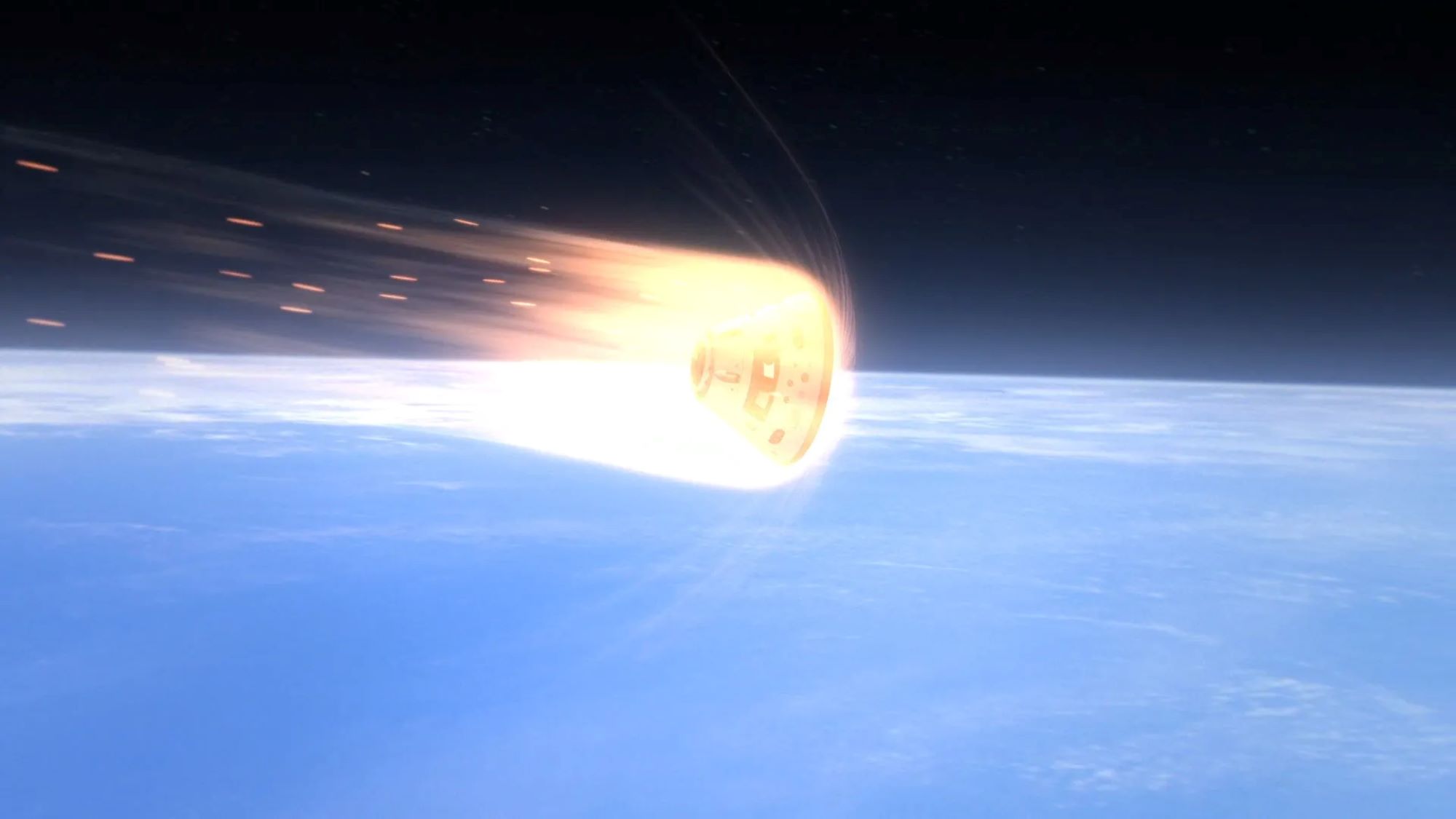

Humans have been changing the atmosphere from Earth’s surface for nearly two centuries—but now in the Space Age, we’re altering it from outer space, too. Atmospheric scientists recently found traces of unexpected metals in the stratosphere, the second-lowest layer of the atmosphere where ozone resides and meteors burn up into shooting stars. The researchers determined that this pollution came from spacecraft as they reenter Earth’s atmosphere, in research published last week in the journal Proceedings of the National Academy of Sciences.
This study is “the first observational evidence that space activities are a very significant source of particulate pollution to the stratosphere” says Slimane Bekki, an atmospheric scientist at LATMOS not involved in the new work. “More importantly, nobody knows the impacts of these particles on the ozone layer,” he adds, pointing out the importance of this molecule in shielding humans from dangerous UV radiation.
Usually, mission planners’ main concern is to ensure that space debris doesn’t hit the ground, where it could hurt people or structures—but, as this research points out, what evaporates in the stratosphere could still be making an impact, even if it’s not a literal one. That material has to exist somewhere, and it looks like it’s lingering in the stratosphere. “We are finding this human-made material in what we consider a pristine area of the atmosphere. And if something is changing in the stratosphere—this stable region of the atmosphere—that deserves a closer look,” said co-author and Purdue atmospheric scientist Dan Cziczo in a press release.
[Related on PopSci+: Rocket fuel might be polluting the Earth’s upper atmosphere]
The research team flew through the stratosphere across the continental US in aircraft specially designed to fly at high altitudes, equipped with air-analyzing instruments in their nose cones. These unique planes— NASA’s ER-2 and WB-57—cruise at around 65,000 feet, almost double the altitude of typical passenger jets. Flying as high as 70,000 feet, the research craft can go above 99 percent of the mass of Earth’s atmosphere.

Within the stratosphere, the collecting equipment on these planes recorded traces of the heavy metals niobium and hafnium. These elements aren’t found naturally in the atmosphere, but they are typically used in rockets and spacecraft shells. The team also measured higher-than-expected concentrations of over 20 metals, including copper, lithium, aluminum, and lead. All told, about 10 percent of aerosol particles in the stratosphere contain metals.
Atmospheric scientists aren’t sure exactly how these changes will affect Earth. The stratosphere contains tiny blobs of sulfuric acid, which are now infused with the metals from old spacecraft. The presence of those metals could change the chemistry of the stratosphere, including how big the sulfuric acid drops grow. Even small tweaks high up could affect the way light bends, the transfer of heat, or how crystals of ice grow.
The big question is how these changes will affect human life on the surface. Unfortunately, there’s no clear answer to that, but in the past small stratospheric changes have led to big impacts—like adding CFCs that ate away at the ozone layer. Eventually, there may need to be additional environmental precautions for spaceflight to prevent harm to the stratosphere.
[Related: This beautiful map of Earth’s atmosphere shows a world on fire]
“The only way for these particles not to appear in the upper atmosphere is for the satellites not to be launched in the first place,” explains University of Exeter atmospheric scientist Jamie Shutler, who was not part of the research team. “The possible ways forward are to launch less, make the satellites last for longer (so we need to launch less), or encourage industry to make the constituents of satellites public knowledge (so we can guide manufacturers as to the potential harmful effects).” He adds that this new finding “confirms our concern” about stratospheric contamination.
But before we can solve this problem, “the concept that reentry can affect the stratosphere has to be thought about,” says lead author Daniel Murphy, atmospheric scientist at NOAA. He emphasized that this idea is still incredibly new and will require much more research to understand the scale and potential consequences of this pollution.
Potential impacts are expected only to grow as the rate of spacecraft launches and reentries accelerate. In the last five years, space agencies and private companies have launched more than 5,000 satellites, noted Martin Ross, co-author on the work and climate scientist at The Aerospace Corporation, in a press release. “Most of them will come back in the next five, and we need to know how that might further affect stratospheric aerosols,” he said. The team expects that the proportion of particles containing metal could grow from 10 to more than 50 percent in the next few decades, especially thanks to upcoming plans to reduce space debris by hurling it back into the atmosphere.
Those efforts and upcoming launches, though, need to be aware of the possible effects on Earth—and researchers need to do more work to determine the extent of those effects. “Understanding our planet is one of the most urgent research priorities there is,” said Cziczo.
